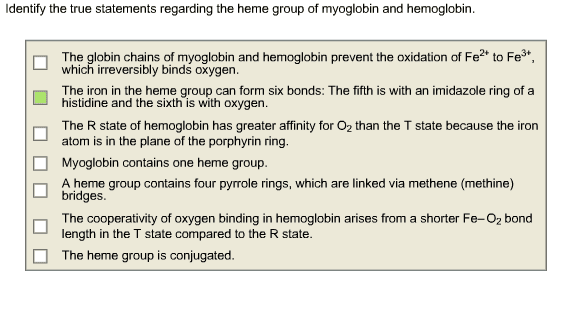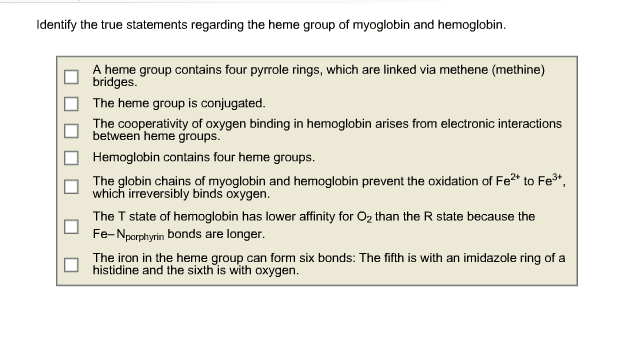BCH 3125 Lecture Notes - Lecture 1: Heme, Pyrrole, Allosteric Regulation
Document Summary
Functional hemoglobin has a ferrous (fe2+) iron atom in the middle of the heme group. This iron atom is coordinated by six atoms. Fe2+ coordination in heme without and with oxygen. What are the differences in conformation between deoxyhemoglobin (t-state) and oxyhemoglobin (r- Due to positive cooperativity, o2 binding at some of the hemes in hemoglobin causes all of the hemes to flatten. This flattening makes the fe atom of unoccupied hemes more accessible to o2. As the kinked conformation of heme is less favorable until a critical number of o2 molecules unbind: this also means that o2 unbinding is also cooperative. The t to r conformational change increases the o2 on rate as well as decreasing its off rate. Monod-wyman-cha(cid:374)geux (cid:894)mwc(cid:895) (cid:373)odel for (cid:862)co(cid:374)certed(cid:863) co(cid:374)for(cid:373)atio(cid:374)al cha(cid:374)ge: equilibrium of pre-existing t and r conformational states. In the absence of any ligand, the protein adopts both the t and r states and is in an equilibrium between the two states.




